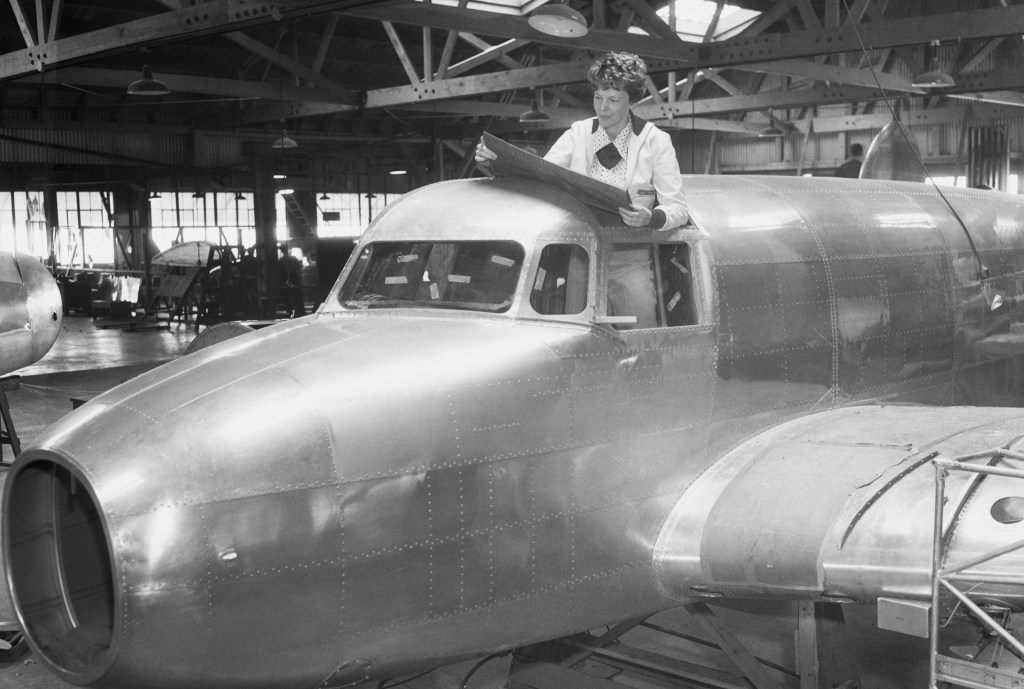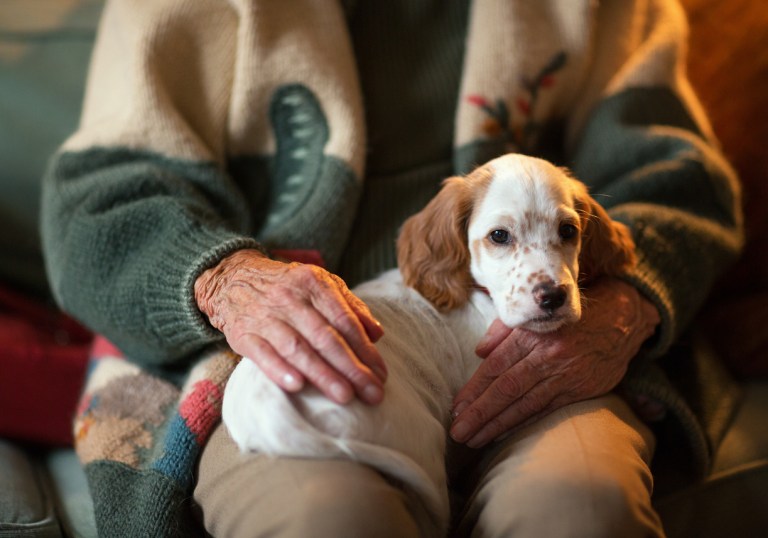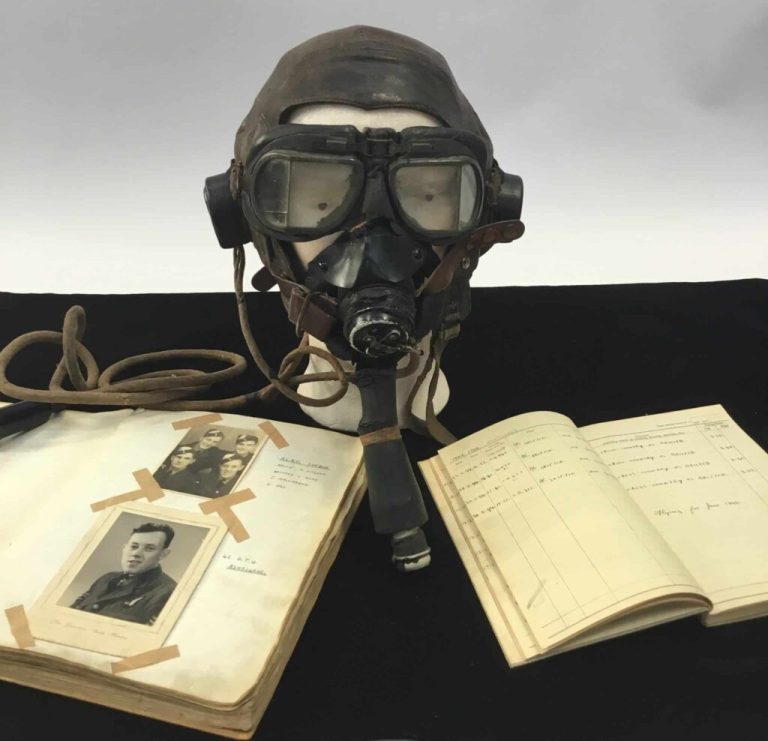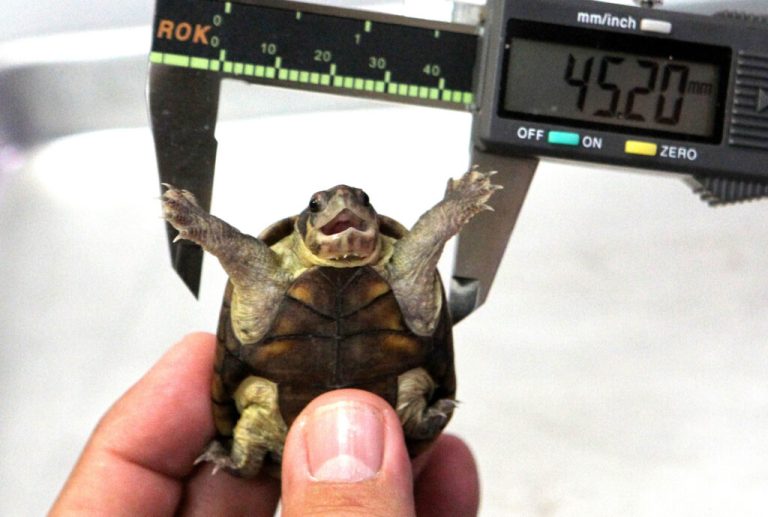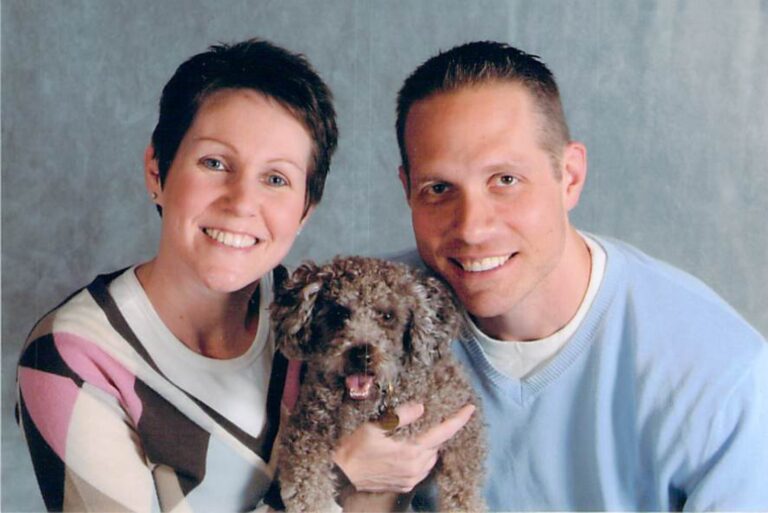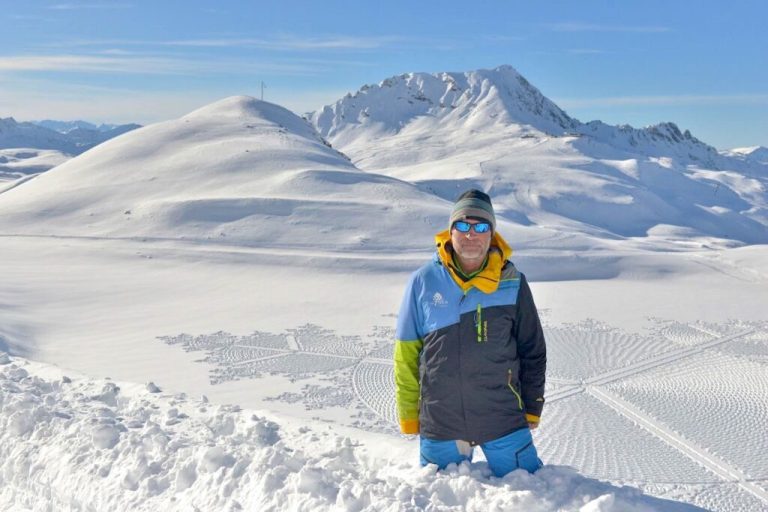July 2 marked the 88th anniversary of Amelia Earhart’s 1937 disappearance — and all these years later, researchers are setting out to investigate a “visual anomaly” that may solve the mystery of what happened to the pilot.
This November, a field team organized by the Archaeological Legacy Institute (ALI) and Purdue University will spend five days in Nikumaroro, a Pacific island between Hawaii and Australia, to determine if an object in its lagoon is Earhart’s lost aircraft, a Lockheed 10-E Electra.
Purdue Research Foundation
“What we have here is maybe the greatest opportunity ever to finally close the case,” ALI executive director Richard Pettigrew said in a press release. “With such a great amount of very strong evidence, we feel we have no choice but to move forward and hopefully return with proof.”
Satellite imagery of the Taraia Object, the aforementioned anomaly, shows that it’s about the size of a plane. It’s part of a body of evidence backing the Nikumaroro hypothesis, the theory that Earhart and her navigator, Fred Noonan, landed on an uninhabited island when their attempt to circumnavigate the globe went awry, and they subsequently died there. Other circumstantial support includes radio transmissions at the time that converge on the island and women’s items, like a shoe and compact case.

Another item in that last category strengthens the case even more. In 2012, researchers found a glass ointment pot on Nikumaroro that had been shattered into five pieces. After reconstructing it, they realized its shape was exactly the same as the jars used to hold Dr. C. H Berry’s Freckle Ointment, a cream from the early 1900s that promised to fade freckles.
“It’s well documented Amelia had freckles and disliked having them,” Joe Cerniglia, the researcher who discovered the cream, told Discovery News at the time, according to NBC News.
If the research team successfully identifies the missing plane, they plan to return to the site next year for further excavation efforts.
The creation of the then-pioneering aircraft was funded by the Purdue Research Foundation. Earhart worked at the university for a time, advising the school’s aeronautical engineering department and enjoying access to its airport. Per the press release, she intended to return the plane to Purdue after her trip around the world.
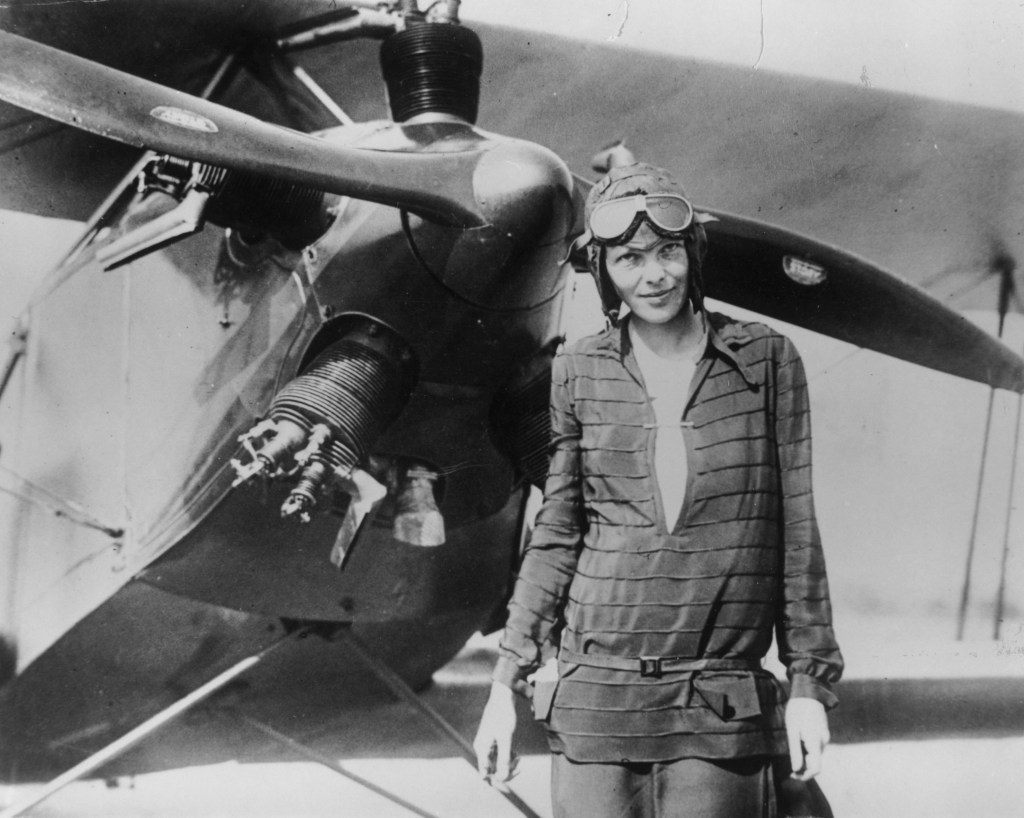
Steven Schultz, senior vice president of Purdue University, said the “expedition offers the best chance not only to solve perhaps the greatest mystery of the 20th century, but also to fulfill Amelia’s wishes and bring the Electra home.”
RELATED: Nearly 90 Years After Amelia Earhart’s Disappearance, Her Legacy Soars in a Tiny Kansas Town
